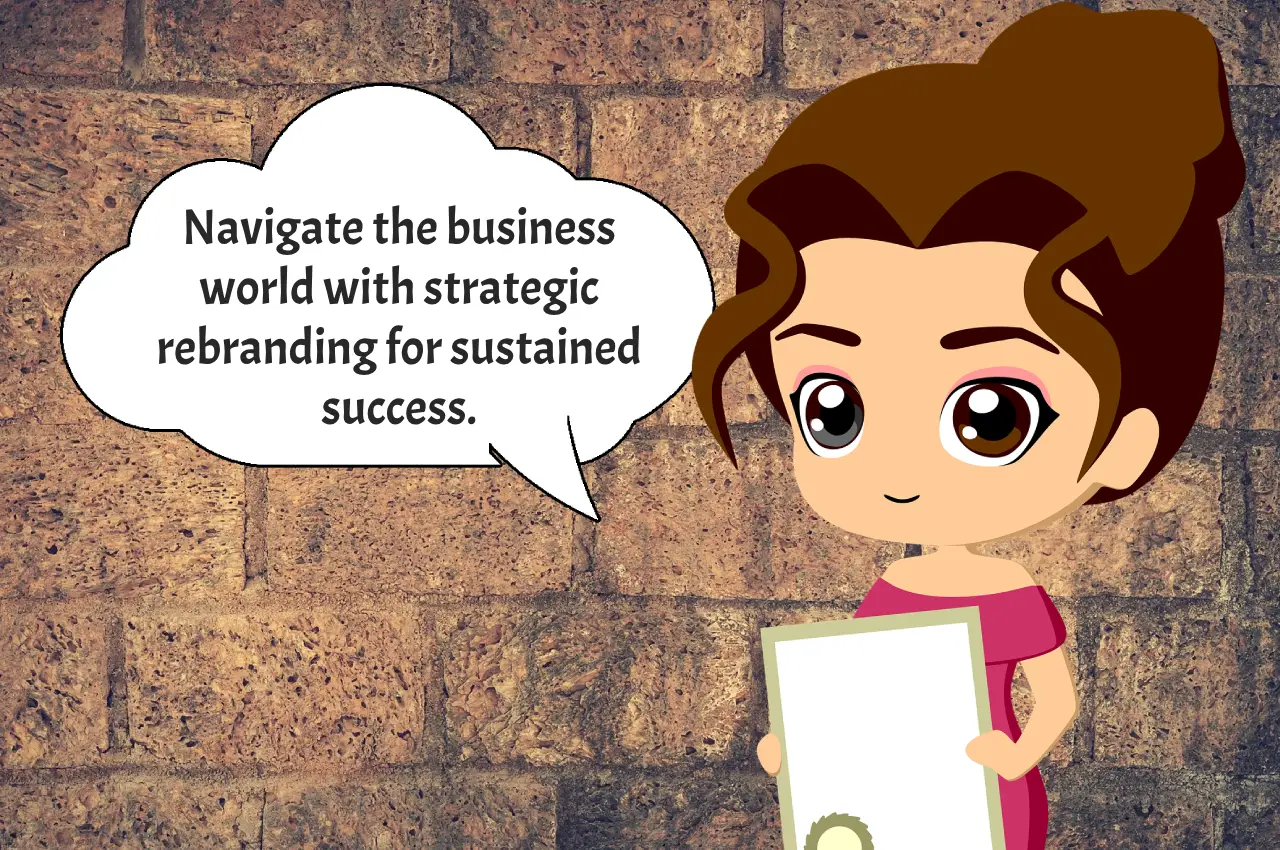In the dynamic world of business, staying relevant is often the key to survival. Companies, much like individuals, undergo transformations as they evolve and adapt to the ever-changing market landscape. One powerful tool in the corporate toolbox is rebranding – a process that involves refreshing the image and identity of a business. However, the decision to rebrand should not be taken lightly; it requires careful consideration, strategic planning, and a deep understanding of your brand’s essence. In this blog post, we’ll delve into the crucial questions of when and how to embark on the journey of strategic rebranding.
When is it Time for a Change?
1. Evolving Market Dynamics
In a world where consumer preferences shift like sand dunes in the wind, staying attuned to market dynamics is essential. If your brand is feeling out of sync with the evolving tastes and trends, it might be time to hit the refresh button.
2. Company Evolution and Growth
As your business grows and evolves, your initial branding might not accurately reflect the breadth of your offerings or the depth of your expertise. A brand that once fit like a glove can start feeling restrictive.
3. Negative Perception or Crisis
Sometimes, a brand might find itself caught in the crossfire of negative publicity or a crisis. In such situations, rebranding offers a chance to shed the old skin and present a revitalized image to the world.
How to Navigate the Rebranding Journey
1. Conduct a Brand Audit
Before initiating any changes, it’s crucial to conduct a thorough brand audit. Evaluate your current brand positioning, visual elements, messaging, and overall brand experience. Identify what’s working and what needs improvement.
2. Understand Your Audience
A successful rebrand requires a deep understanding of your target audience. Conduct market research to gain insights into their preferences, expectations, and perceptions. Aligning your brand with your audience builds a stronger connection.
3. Craft a Compelling Narrative
Your brand is more than just a logo; it’s a story. Craft a compelling narrative that communicates your values, mission, and the unique story that sets you apart. This narrative should resonate with both employees and customers.
4. Visual Identity Overhaul
A brand’s visual elements are often the first point of contact with the audience. Consider updating your logo, color palette, and other design elements to create a fresh, contemporary look that reflects your brand’s personality.
5. Consistent Communication
During the rebranding process, communication is key. Keep your stakeholders informed about the changes, explaining the reasons behind the rebrand and how it aligns with your vision for the future. Transparency builds trust.
6. Employee Engagement
Your employees are your brand ambassadors. Ensure they understand and embrace the new brand identity. Conduct workshops, share the brand story, and involve them in the process. A united internal front strengthens the external image.
Real-life Rebranding Triumph: Starbucks
One standout example of successful strategic rebranding is Starbucks. In the early 2000s, the coffee giant decided to evolve beyond its traditional coffeehouse image. The green and black logo underwent a transformation, and Starbucks expanded its menu to offer a broader range of beverages and snacks. The rebrand not only appealed to a wider audience but also positioned Starbucks as a lifestyle brand.
The Aftermath: Gauging Success
After the dust of rebranding settles, it’s essential to measure its impact. Monitor key performance indicators, customer feedback, and market perception. A successful rebrand should translate into increased brand awareness, customer engagement, and, ultimately, improved business metrics.
The Rebranding Imperative
In the fast-paced world of business, change is not just inevitable; it’s necessary for survival. Rebranding is a powerful tool that allows businesses to stay relevant, appeal to evolving consumer tastes, and navigate through challenges. However, the decision to rebrand should be guided by a thorough understanding of your brand, market dynamics, and a clear vision for the future. When done strategically, rebranding can breathe new life into your business and set the stage for continued success.
Have you navigated the waters of strategic rebranding? Share your experiences, challenges, and triumphs in the comments below. Let’s learn from each other and inspire more businesses to embark on their rebranding journeys.





